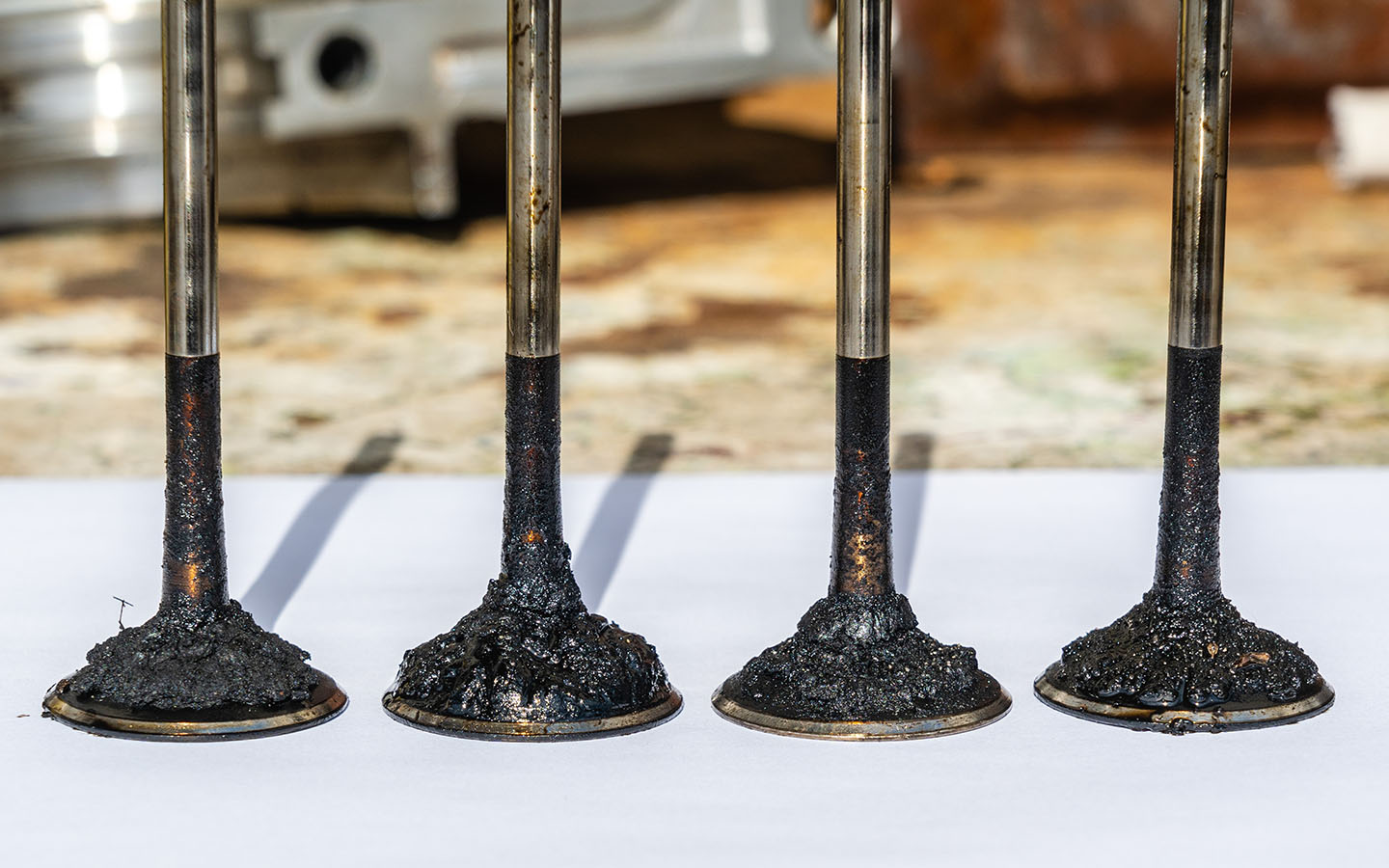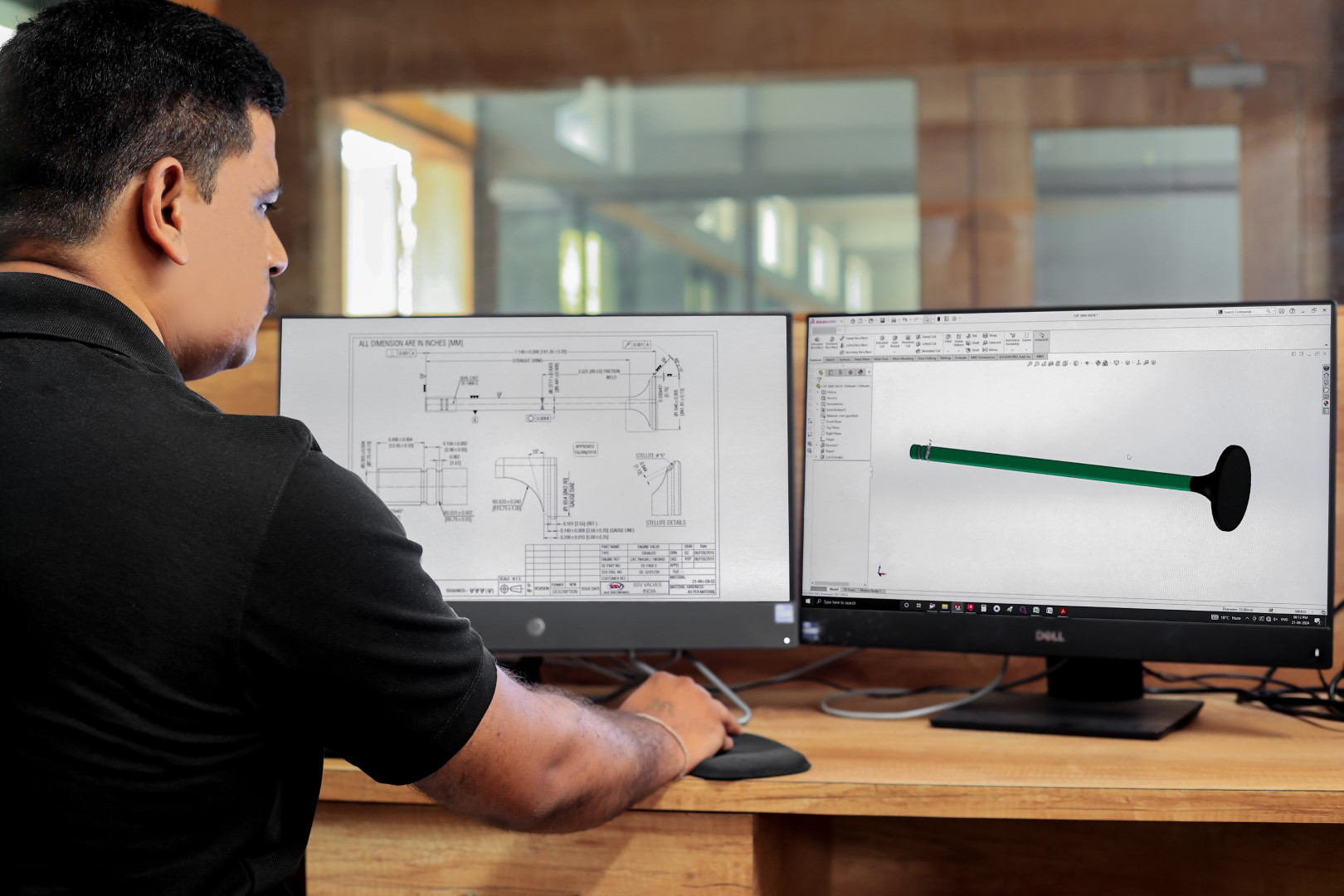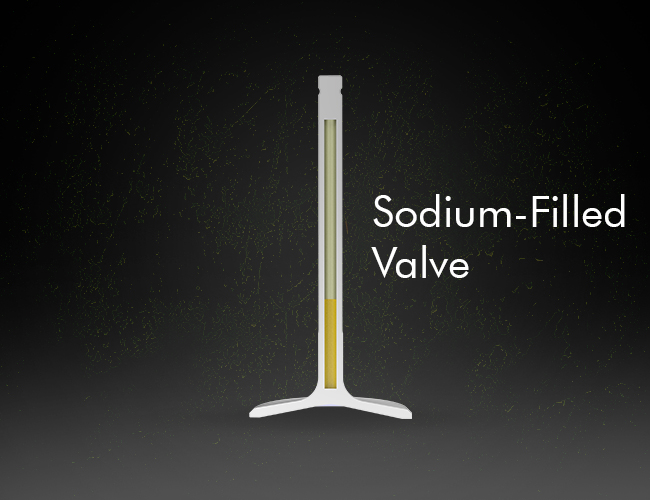
SSV Valves | Manufacturer of Engine Valve Train Components
One of the largest manufacturers
of engine valve
Manufacturing Unit 1
- Plot No 2513, Kranti Gate - 1, H1 Road, Metoda GIDC, Rajkot - 360 021 Gujarat – INDIA.
Manufacturing Unit 2
- Plot No 2529 & 2530, Kranti Gate - 1, H1 Road, Metoda GIDC, Rajkot - 360 021 Gujarat – INDIA.
Registered Office
- 8/9 Rajyog Building, B/H Silver Chamber Tagore Road, Rajkot Pincode: 360 002 Gujarat, INDIA.
- +91 9925500009
- info@ssvalves.net
Follow Us On:
Home > Valve Design: Balancing Performance and Efficiency
Valve Design: Balancing Performance and Efficiency

In the world of engineering, the design of engine valves plays a pivotal role in determining the performance and efficiency of internal combustion engines. Whether it's in your car, boat, power plant, or aircraft, the intricate design of engine valves directly impacts how efficiently fuel is burned and power is generated. Let's delve into the fascinating realm of valve design, where the delicate balance between performance and efficiency is meticulously crafted.
Understanding Valve Functionality
Before we dive into the nuances of valve design, it's essential to grasp the fundamental role valves play in the combustion process. Engine valves act as gatekeepers, controlling the flow of air and fuel into the combustion chamber and the expulsion of exhaust gases. This regulation of airflow is crucial for achieving optimal combustion, maximizing power output, and minimizing emissions.
Key Factors in Valve Design
1. Material Selection
The choice of material for engine valves is critical. Factors such as heat resistance, strength, and durability must be carefully considered. Materials like stainless steel, titanium, and inconel are often favored for their ability to withstand high temperatures and mechanical stresses.
2. Geometry and Shape
The design of the valve head, stem, and seat greatly influences airflow dynamics and combustion efficiency. Engineers meticulously optimize valve geometry to ensure smooth airflow, minimal turbulence, and optimal fuel-air mixture formation within the combustion chamber.
3. Valve Timing and Lift
The timing and lift of engine valves are meticulously calibrated to synchronize with the engine's piston movements. This precise coordination ensures efficient intake and exhaust cycles, maximizing power output while minimizing energy losses.
4. Heat Dissipation and Thermal Management
Engine valves operate in extreme conditions of heat and pressure. Effective heat dissipation and thermal management strategies, such as valve cooling channels and thermal barrier coatings, help prevent valve overheating and maintain optimal operating temperatures.
5. Friction Reduction
Minimizing friction between the valve and its seat is crucial for maximizing engine efficiency. Surface treatments, lubrication systems, and innovative valve materials are employed to reduce frictional losses and improve overall engine performance.
The Art of Optimization
Valve design is a delicate balancing act between various competing factors. Engineers must strike the perfect balance between maximizing airflow, enhancing combustion efficiency, minimizing energy losses, and ensuring mechanical robustness. This optimization process often involves sophisticated computational fluid dynamics (CFD) simulations, extensive testing, and real-world performance validation.
Applications Across Industries
The principles of valve design extend beyond automotive engines to a wide range of industries, including marine propulsion, power generation, aerospace propulsion, and beyond. Whether it's propelling a ship across the ocean, generating electricity in a power plant, or propelling a rocket into space, the fundamentals of valve design remain the same—balancing performance and efficiency to achieve optimal results.
Conclusion
In the intricate dance of engine design, valves stand as silent orchestrators, channeling the flow of energy with precision and finesse. From the roar of a race car to the hum of a jet engine, the efficiency and performance of modern engines owe much to the art and science of valve design. As technology advances and new challenges emerge, the quest for ever-more-efficient valve designs continues—a testament to the ingenuity and innovation driving the engines of progress.
Share
Category
- Blog (4)
- Recent Participation (3)
Recent Posts
SIMPLIFY THE QUALITY, DETERMINE THE PRODUCT


